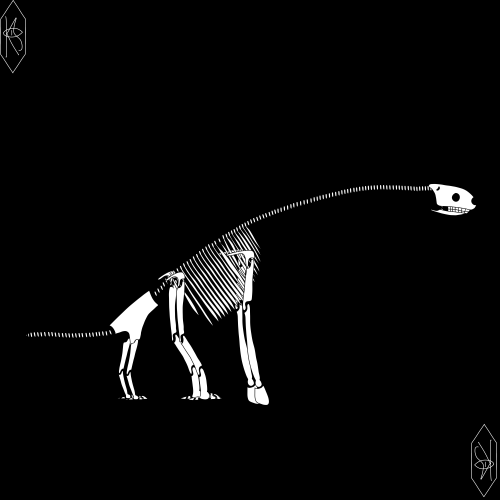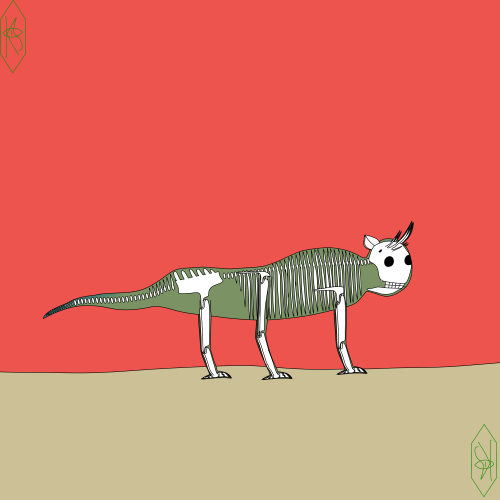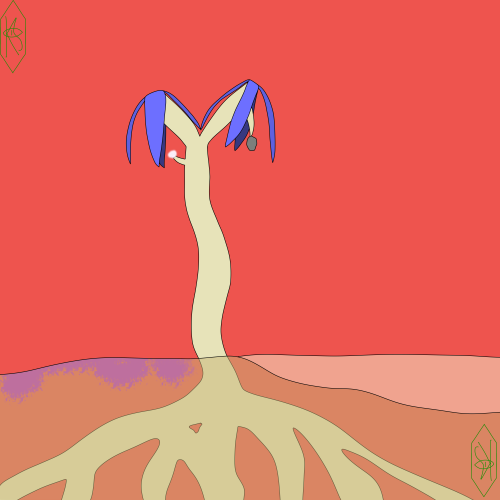Platykaktos, More Commonly Called A Plate Cactus, These Sedereamischos Grow With A Form Of Fractal Symmetry,


platykaktos, more commonly called a plate cactus, these sedereamischos grow with a form of fractal symmetry, growing two plates off of every plate, though these plates get thinner and smaller the farther away from the base they get, they also tilt around 5° from their baseplate, they have pores in their plates that produce a large quantity of spores which is the dust you can see on the platykaktos, if you have any questions about this sedereamischos please dont be afraid to ask im more than overjoyed to answer
-
 maxartsblog liked this · 1 year ago
maxartsblog liked this · 1 year ago -
 selkramazed reblogged this · 1 year ago
selkramazed reblogged this · 1 year ago -
 starscreamfireworks liked this · 1 year ago
starscreamfireworks liked this · 1 year ago -
 krillrot reblogged this · 2 years ago
krillrot reblogged this · 2 years ago -
 krillrot liked this · 2 years ago
krillrot liked this · 2 years ago -
 drawingsphopho liked this · 2 years ago
drawingsphopho liked this · 2 years ago -
 bingobongobonko liked this · 2 years ago
bingobongobonko liked this · 2 years ago -
 beeb-oob liked this · 2 years ago
beeb-oob liked this · 2 years ago
More Posts from Speculative-world



macrodermaderes, more commonly called a oasis fleshhoof, are large seelenlos which wander around the oasis that they call home, eating the “leaves” off of nearby trees and the fruits of ammonianthus, theres usually about 4 to 5 macrodermaderes around oases, they will mate with each other whenever their oasis’ particular ammonianthus begin fruiting, laying about 20 eggs per clutch very soon after their young hatch they will leave the oasis their oviparent lives in, similar to ostoexoapo and most ichthyongiu with every macrodermaderes they reproduce with they both fertilize their mates eggs and get their eggs fertilized by their mate, they have a small layer of fuzz on their back to avoid the radiation from their star, and a large dewlap on their neck to help with thermoregulation, if you have any questions at all please dont be afraid to ask im more than overjoyed to answer



macronuch, more commonly called a double humpback, these large ostomesa almost completely lack archeina, only having it on their tail and around their horns, they dont use their horns for intraspecies combat like most of the other horned synchonakros, instead they are used as a sexual display structure, though they can still function as a defensive measure for any seelenlos willing to risk they attack, similar to telluric camels they have humps to fill with the ngiu◗ equivalent of fat, if you have any questions about this seelenlos please don't be afraid to ask im more than overjoyed to answer




ambidendroanthus, more commonly called a tree flower, are a type of sedereamischos with two biological morphs, depending on the environmental conditions they end up in they will grow into their angiomorph or their dendronimorph, if the environment they end up in has nutrient poor substrate and low moisture levels they will mature into their angiomorph, with no form of drift fruit and pollenating purely through wind and then releasing their seeds using wind dispersal or small burrs which attach to ostomesa, and they will mature into their dendronimorph if theyre in nutrient rich substrate or around high moisture levels, these dendronimorph ambidendroanthus pollenate similar to angiomorphs, and disperse seeds with wind dispersal as well as drift fruit which will quickly populate oases with dendronimorphs, ◗ta scholars did genetic testing and found that the closest living relative to ambidendroanthus is neoanthos from fungal steppes, if you have any questions about this organism please dont be afraid to ask im more than happy to answer
an [admittedly sloppy] information post regarding the two planets
when i get my data back, about a year from then i will be starting one of the other planets, that being said






a handful of the nocturnal skeletons of the maschoran deserts
